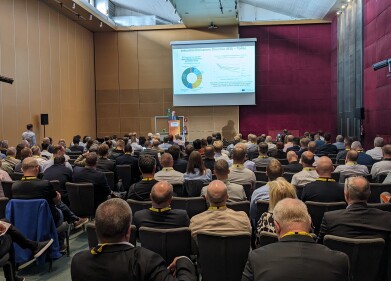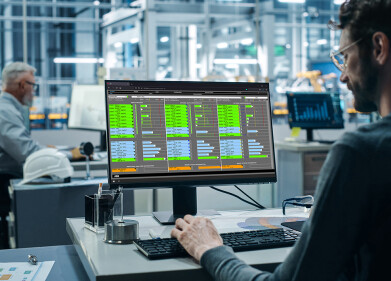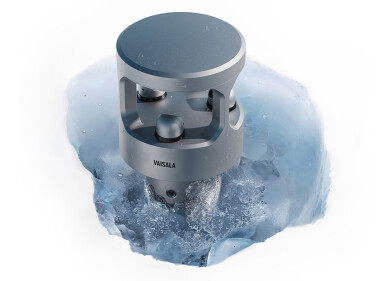Air monitoring
New Generation Relative Humidity Sensor
Jan 02 2008
In most humidity measurement applications, the sensors are also exposed to chemicals other than water vapor. Such vapors are present in most environments, even in normal office air. As the responses to some gases and vapors are very slow, in many cases several weeks or months, the effects are often described as 'drift' or 'aging' of the sensor and not as chemical interference.
The resistance of the Vaisala HUMICAP®180R to chemical interference has been achieved by developing a new type of chemical resistant polymer and a special new structure. The structure slows down the migration of adverse chemicals, or completely prevents them, from entering the active polymer layer. The chemical resistant active polymer further contributes to the stability of the sensor, making it the recommended Vaisala sensor for relative humidity measurement.
The new Vaisala HUMICAP® sensor has been tested both in laboratory conditions as well as in typical humidity sensor applications. The sensors perform better both in laboratory high chemical concentration tests as well as in long-term field stability tests. The results show that the new polymer makes the sensor highly resistant to chemical interference and therefore provides improved long-term stability for the relative humidity measurement.
Digital Edition
AET 28.4 Oct/Nov 2024
November 2024
Gas Detection - Go from lagging to leading: why investment in gas detection makes sense Air Monitoring - Swirl and vortex meters will aid green hydrogen production - Beyond the Stack: Emi...
View all digital editions
Events
Jan 12 2025 Abu Dhabi, UAE
Jan 14 2025 Abu Dhabi, UAE
Jan 20 2025 San Diego, CA, USA
Carrefour des Gestions Locales de L'eau
Jan 22 2025 Rennes, France
Safety, Health & Wellbeing LIVE
Jan 22 2025 Manchester, UK



















